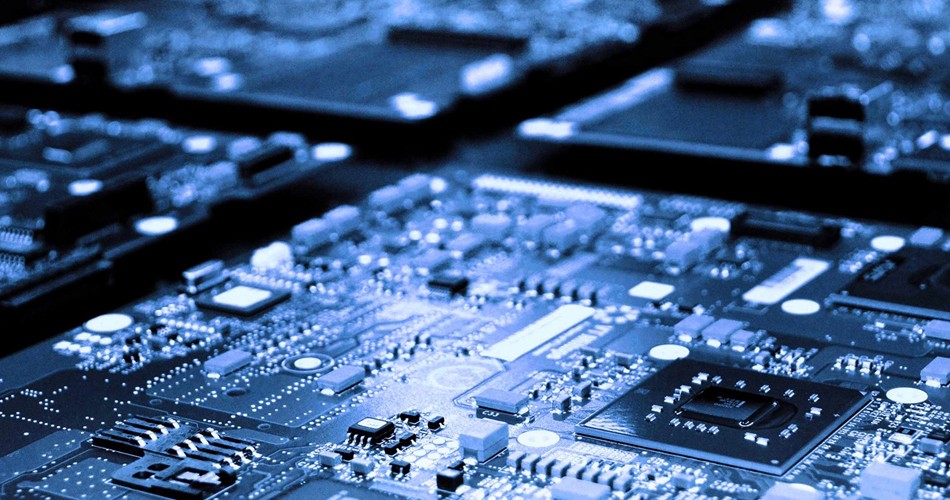- English
- Español
- Português
- русский
- Français
- 日本語
- Deutsch
- tiếng Việt
- Italiano
- Nederlands
- ภาษาไทย
- Polski
- 한국어
- Svenska
- magyar
- Malay
- বাংলা ভাষার
- Dansk
- Suomi
- हिन्दी
- Pilipino
- Türkçe
- Gaeilge
- العربية
- Indonesia
- Norsk
- تمل
- český
- ελληνικά
- український
- Javanese
- فارسی
- தமிழ்
- తెలుగు
- नेपाली
- Burmese
- български
- ລາວ
- Latine
- Қазақша
- Euskal
- Azərbaycan
- Slovenský jazyk
- Македонски
- Lietuvos
- Eesti Keel
- Română
- Slovenski
- मराठी
- Srpski језик
Reverse engineering and repair technology in PCBA assembly
2024-06-12
Reverse engineering and repair techniques in PCB assembly are key activities performed to analyze, diagnose, and repair problems in electronic devices. Here are some important aspects regarding reverse engineering and repair techniques in PCB assembly:

1. Reverse Engineering:
a. PCB disassembly:
PCB disassembly involves breaking down an assembled PCB into its component parts, typically through methods such as hot air blow soldering, desoldering, and component removal.
b. Component identification:
Reverse engineering often involves identifying components on a PCB, including resistors, capacitors, integrated circuits, etc. This can be accomplished through the component's markings, appearance, and properties.
c. Circuit tracing:
By tracing the circuit connections on a PCB, you can understand how the circuit is laid out and connected. This is critical for analyzing circuit functionality and design.
d. Scanning Electron Microscope (SEM) and X-ray Inspection:
Advanced tools such as SEM and X-ray inspection are available for detailed component and circuit analysis.
2. Maintenance Technology:
a. Soldering and re-soldering:
During repairs, welding is often required. This includes resoldering loose connections, replacing failed components, and repairing solder joint problems.
b. Replacement components:
During repairs, damaged components may need to be replaced. Service technicians should be able to effectively identify and replace failed components.
c. Troubleshooting:
Troubleshooting is a core step in the repair process. It involves the use of test equipment such as multimeters, oscilloscopes, spectrum analyzers, etc. to analyze a circuit and find the root cause of the problem.
d. Cleaning and maintenance:
After repair, it is necessary to clean the PCB assembly to remove residual solder slag, through holes and other dirt. Regular maintenance can also help extend the life of electronic equipment.
e. Firmware upgrade:
In some cases, repairs may involve updating or upgrading the device's firmware to resolve problems or improve performance.
f. Data backup and recovery:
During the repair process, data backup and recovery are important for equipment involving data storage. Ensure data integrity and security.
Taken together, reverse engineering and repair techniques are critical for analyzing and fixing problems in electronic devices. However, they require specialized knowledge and experience and must be performed with care to ensure that the reliability and performance of the equipment are not affected. For repair work, it is usually recommended that an experienced electronics technician or engineer be performed.
-
Delivery Service






-
Payment Options









